Artificial Intelligence Applications in Wildlife Conservation

Wildlife conservation is a global challenge that requires innovative solutions. Artificial intelligence (AI) is a rapidly developing technology that has the potential to play a significant role in protecting endangered species and habitats.
AI can be used to address a wide range of conservation challenges, including:
- Monitoring wildlife populations: AI-powered drones and sensors can be used to track the movements of animals and monitor their populations. This data can help conservationists to identify areas where animals are under threat and to develop targeted conservation interventions.
- Fighting poaching: AI can be used to identify poachers and their activities. For example, thermal imaging cameras can be used to detect poachers at night, and facial recognition software can be used to identify known poachers.
- Restoring damaged habitats: AI can be used to design and implement restoration projects. For example, AI-powered drones can be used to map damaged habitats and identify the best areas for restoration.
- Educating the public: AI can be used to create educational materials and tools that can help people to learn about wildlife conservation. For example, AI-powered chatbots can be used to answer questions about wildlife conservation, and virtual reality simulations can be used to immerse people in the world of wildlife conservation.
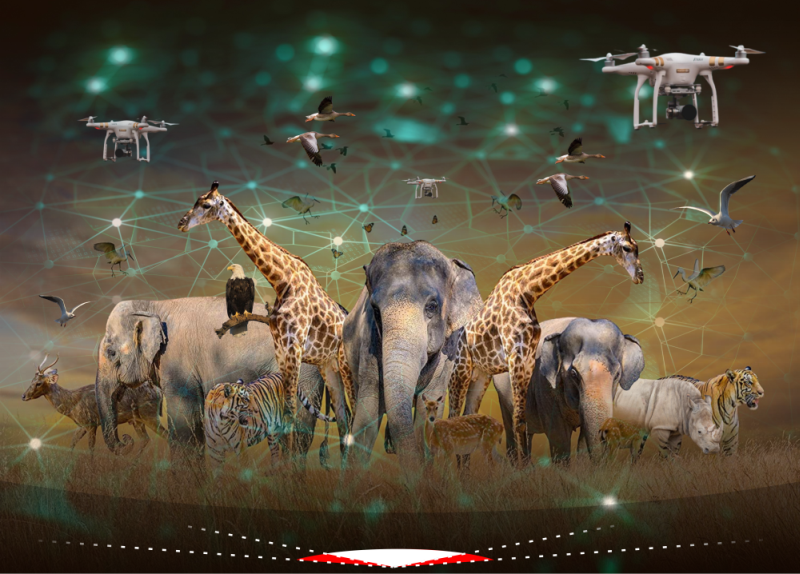
AI is a powerful tool that can be used to address the challenges of wildlife conservation. By working together, conservationists and AI experts can develop innovative solutions that will help to protect endangered species and habitats for future generations.
Specific Examples of AI Applications in Wildlife Conservation
There are many specific examples of how AI is being used to improve wildlife conservation. Some of the most notable examples include:
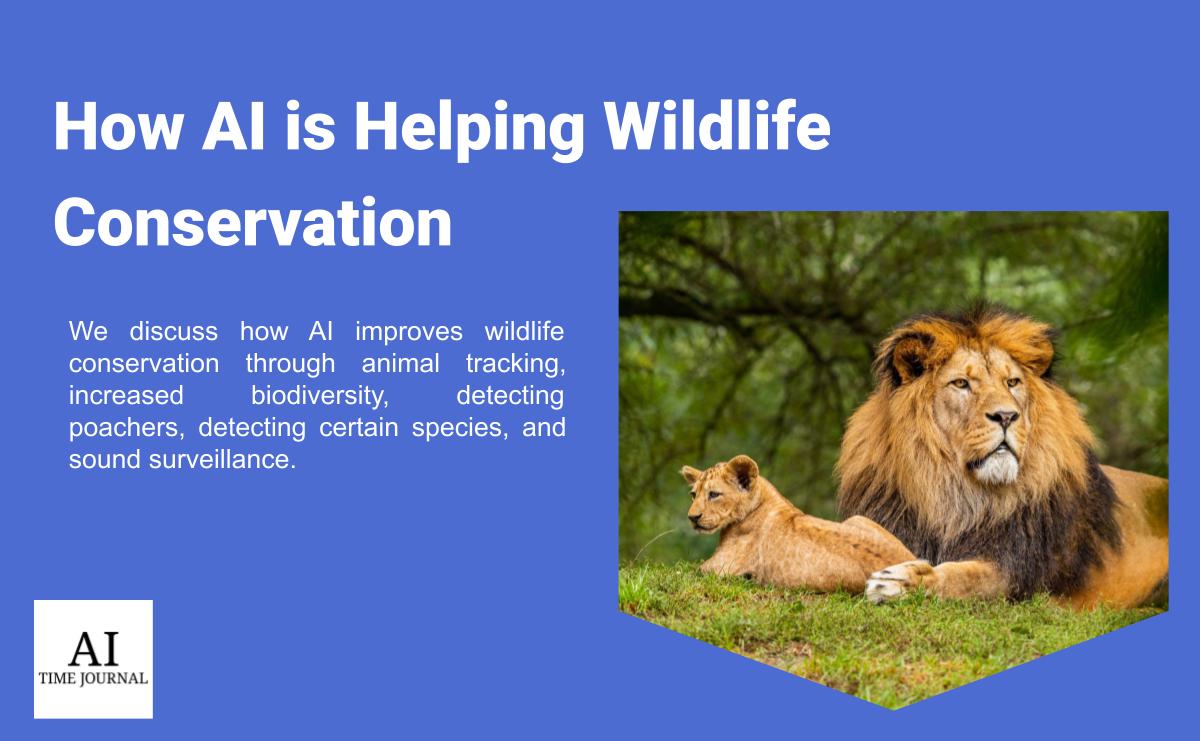
- The Wildlife Conservation Society** (WCS) is using AI to track the movements of endangered species, such as the snow leopard. WCS researchers have developed a system that uses camera traps and machine learning to identify and track individual snow leopards. This data is helping WCS to understand the snow leopard's habitat needs and to develop targeted conservation interventions.
- The National Geographic Society** is using AI to fight poaching. The Society has developed a system that uses facial recognition software to identify known poachers. This system is being used to screen people entering and leaving protected areas, and it has helped to reduce poaching in some areas.
- The University of California, Berkeley** is using AI to restore damaged habitats. The University has developed a system that uses drones and machine learning to map damaged habitats and identify the best areas for restoration. This system is being used to restore wetlands in California, and it is helping to create habitat for endangered species.
- The Google AI Conservation Lab** is using AI to create educational materials and tools. The Lab has developed a chatbot that can answer questions about wildlife conservation, and it has created a virtual reality simulation that allows people to experience the world of wildlife conservation. These tools are helping to educate the public about the importance of wildlife conservation.
These are just a few examples of how AI is being used to improve wildlife conservation. As AI technology continues to develop, we can expect to see even more innovative and effective applications of AI in the field of wildlife conservation.
The Benefits of AI for Wildlife Conservation
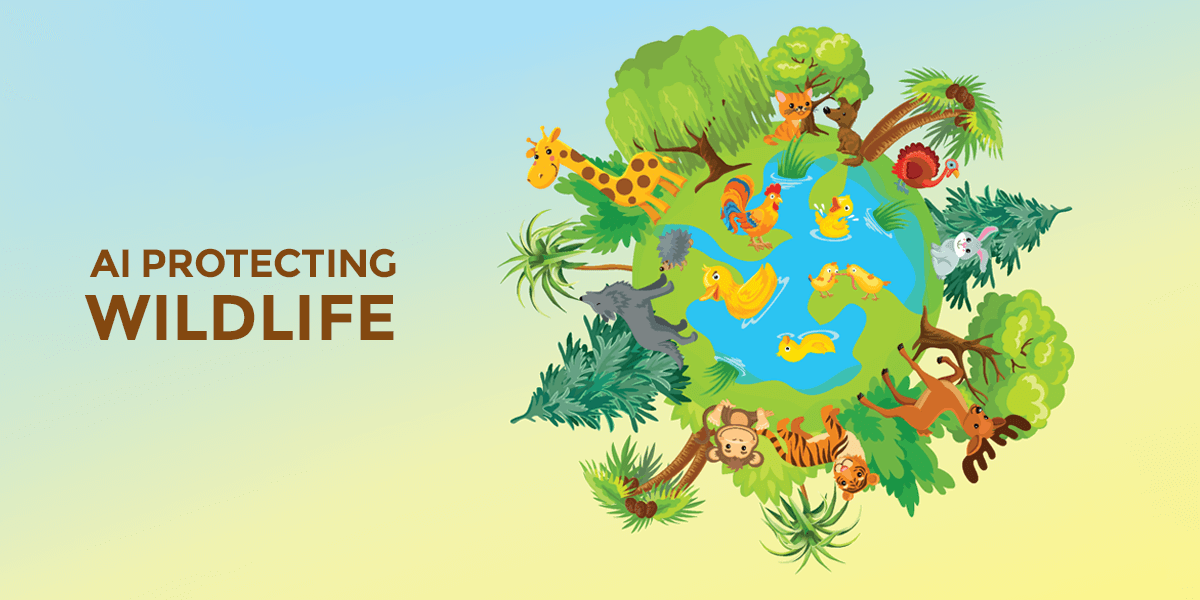
AI offers a number of potential benefits for wildlife conservation, including:
- Scalability: AI can be used to scale up conservation efforts, making it possible to protect more species and habitats. For example, AI-powered drones can be used to monitor large areas of land, and AI-powered chatbots can be used to provide educational materials to a large number of people.
- Accuracy: AI can be used to collect and analyze data with greater accuracy than humans. This data can then be used to make more informed conservation decisions. For example, AI-powered facial recognition software can be used to identify poachers with greater accuracy than human authenticators.
- Speed: AI can be used to process data and make decisions much faster than humans. This speed can be essential for responding to threats to wildlife, such as poaching or habitat destruction. For example, AI-powered drones can be used to track poachers in real-time, and AI-powered restoration tools can be used to restore damaged habitats quickly.
The Challenges of Using AI for Wildlife Conservation
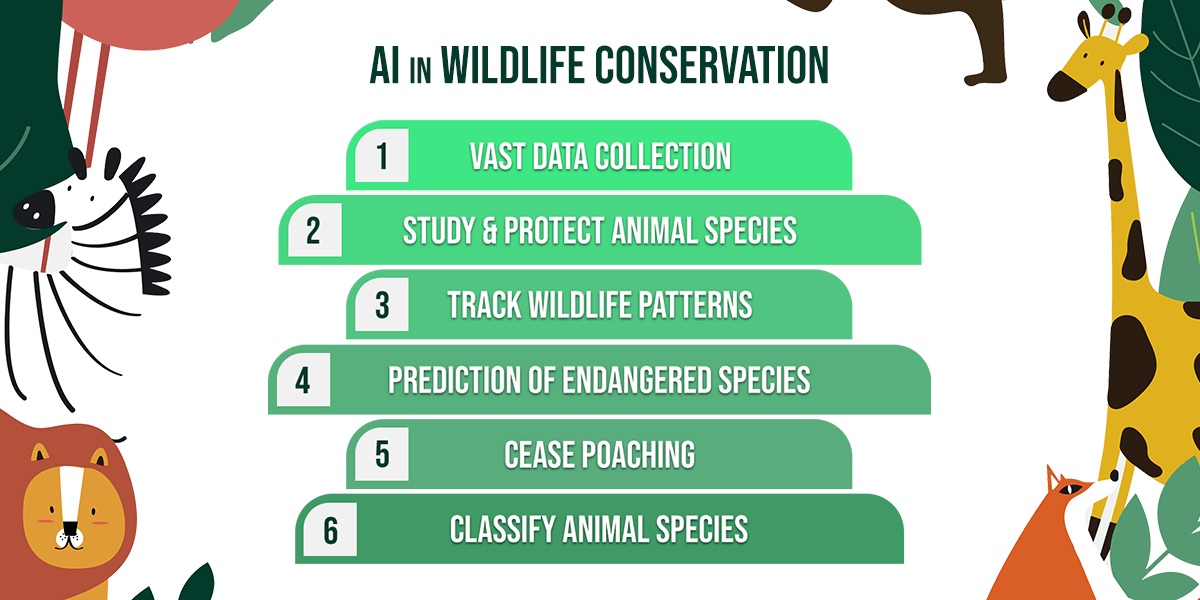
There are also a number of challenges associated with using AI for wildlife conservation, including:
- Cost: AI technology can be expensive, which can make it difficult for conservation organizations to adopt.
- Bias: AI systems can be biased against certain groups of people or animals. This bias can lead to inaccurate or unfair decisions.
- Regulation: There are few regulations governing the use of AI for wildlife conservation. This lack of regulation can lead to problems, such as the misuse of AI technology.
Conclusion
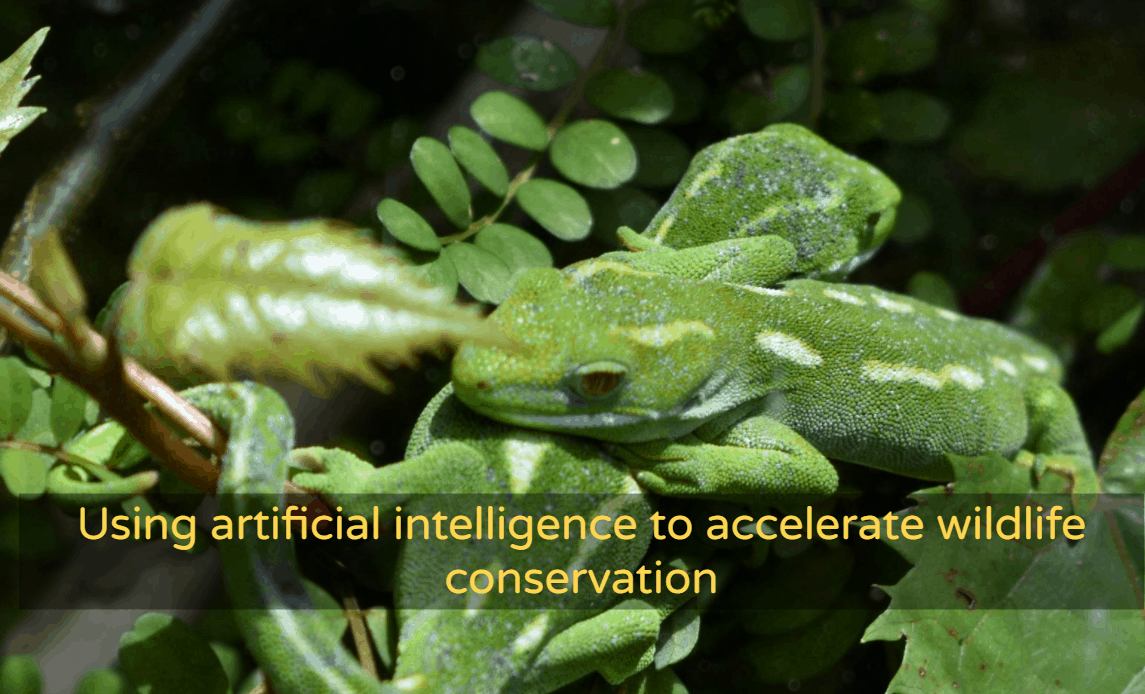

AI offers a number of potential benefits for wildlife conservation, but there are also a number of challenges associated
Post a Comment